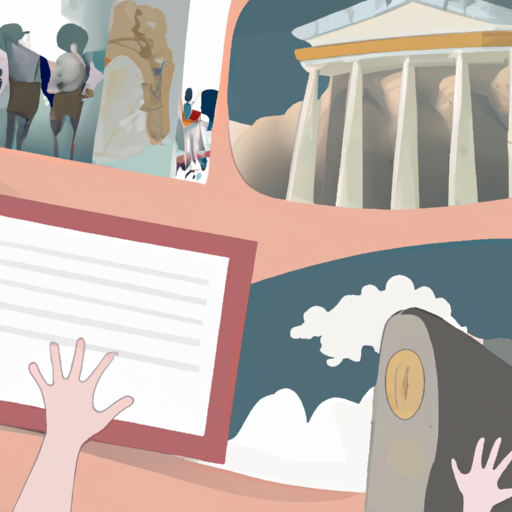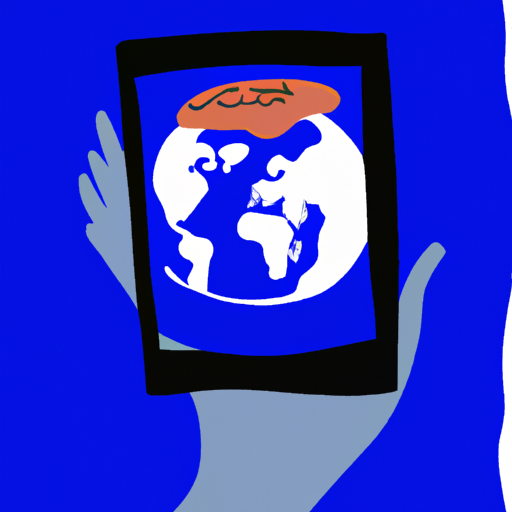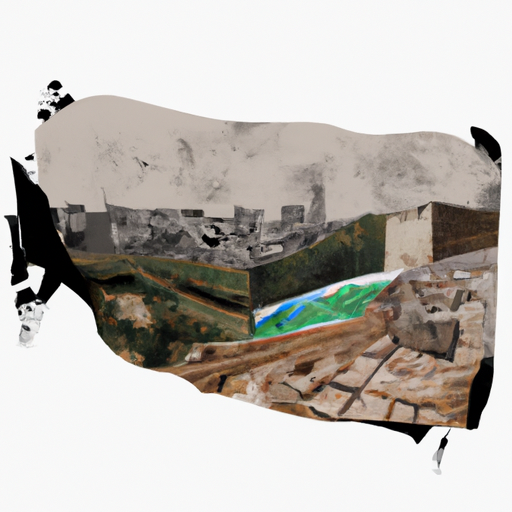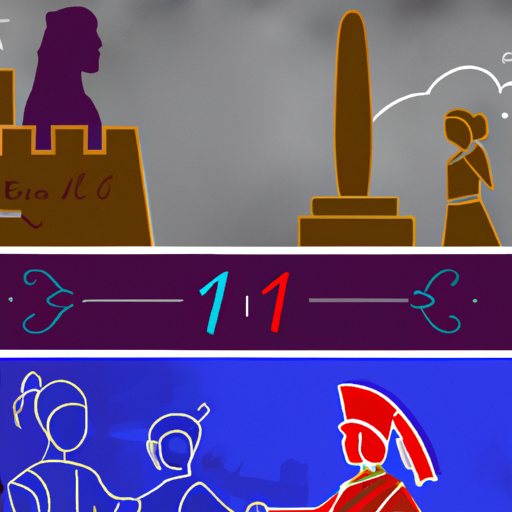History of Vikings: Where Did They Come From?
Unearth the mystery of the Vikings! Trace their origin and uncover where they ventured from on their initial voyage! Delve into the past and explore the hidden secrets of these intrepid seafarers. Uncover a forgotten world and discover what made them so significant in history.
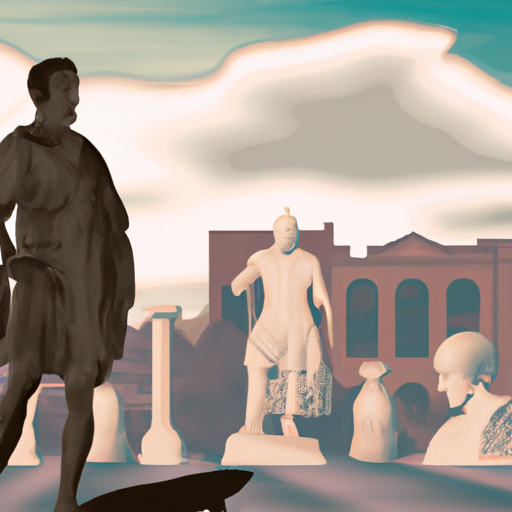
Mystifying and awe-inspiring, the Vikings were a seafaring people whose history is still shrouded in enigma. Emerging from Scandinavia in the 8th-11th centuries, these intrepid explorers ventured across the Atlantic Ocean and beyond, leaving behind an impressive legacy of exploration, trade, conquest and colonization that changed the course of European history.
The Vikings were renowned for their skillful navigation and fighting prowess, but also for their artistry and craftsmanship. Their influence can be seen in many aspects of modern life – from language to literature to architecture.
Though popularly known as fierce raiders, these seafarers were also traders, explorers and settlers who had contact with other cultures around the world. Trading routes were established with faraway places such as Russia, Byzantium (modern day Istanbul) and North Africa; they even ventured into uncharted waters in search of new lands to settle or pillage – leaving an indelible mark on European history.
Today we can gain some understanding of these daring adventurers through archaeological evidence such as shipwrecks, artifacts and rune stones; we can also explore Viking culture through sagas and poetry written by them or about them by later authors. Through these sources we can gain insight into their customs, beliefs and way of life – providing us with a unique glimpse into a forgotten world.
These remarkable people remain an integral part of our shared history – one that continues to captivate us all!
.
Introduction

A people of the sea, a force of warriors and explorers, the Vikings were a power to be reckoned with in the late 8th century through to the early 11th. Hailing from Norway, Sweden, and Denmark, their longboats traversed vast distances, plundering and trading with many cultures they encountered. Of their legacy, Norse mythology and paganism remain indelibly etched into our history books – before conversion to Christianity in the 11th century. The influence of these seafaring folk is still seen today – from language and culture to art and architecture – even genetics! A truly remarkable people who will never be forgotten.
– Historical Origins of the Viking People
A vast and perplexing history lies behind the Viking people, whose 8th century Scandinavian roots would lead to a legacy that still exists today. Descended from Germanic tribes such as the Goths and Franks, these early settlers primarily farmed and fished, but also traded with other cultures. As their trading networks expanded and their settlements grew more prosperous, they were able to build larger boats which enabled them to travel further for trade.
The ambition of conquest soon followed and the Vikings began raiding coastal towns in Europe and beyond in search of loot and slaves. This period of expansion, known as the Viking Age, lasted roughly three centuries until 1100 AD. During this time they established settlements throughout Europe and even ventured as far as North America.
The bravery, skill in battle and adventurous spirit of the Vikings is remembered through their art, language, religion, culture and technology; inspiring many stories throughout history. Although much remains unknown about these seafaring warriors, it is clear that they have left an undeniable impact on our world that will never be forgotten.
– Exploring the History of Viking Expansion
Awe-inspiring and bewildering, the saga of Viking expansion has held humankind in its thrall for centuries. Between the 8th and 11th centuries, Scandinavians ventured out to explore and settle in Europe, Asia, and North America – a period now known as the Viking Age. Their settlements included England, Ireland, Greenland, Iceland, France, Russia, and even North America.
Why did the Vikings embark on their travels? Historians have proposed various theories – from overpopulation to limited resources to establishing trade routes or finding new sources of wealth and power. Whatever their motives may have been, it is undeniable that this period left an indelible mark on European history.
The Vikings brought with them their own culture – art, music, language and religion – which had a profound effect on the societies they encountered. They also introduced new technologies such as metalworking tools which helped to modernize local economies and industries.
The legacy of Viking exploration lives on today in many places around the world. Some of their settlements have developed into modern cities while other areas still bear traces of their presence through archaeological remains or place names derived from Old Norse words like “vik” meaning bay or “fjord” meaning sea inlet. Uncovering the story behind Viking expansion is an enthralling way to gain insight into this momentous period in European history.
– Ancient Scandinavian Cultures and their Influence on Viking History
For centuries, the culture of the Ancient Scandinavians has been intertwined with that of the Vikings. Tales passed down through generations have provided a moral basis for Viking society and a strong sense of identity, while also influencing their warfare tactics. Spiritual rituals were adopted from their ancestors to ensure safe passage over the seas, and heavy armor and weaponry was employed in battle for its effectiveness. This period of exploration and expansion, known as The Viking Age, was made possible due to the immense impact of Ancient Scandinavian cultures that can still be felt today.
– The Impact of the Viking Age on European History
A period of remarkable transformation, the Viking Age, which spanned from the late 8th century to the 11th century, left an indelible stamp on European history. During this time, marauding Norsemen and traders traversed Europe, setting up settlements, trading goods and even establishing their own realms in countries like England and France. The Vikings also brought with them new technologies such as sailboats and enhanced metalworking processes that enabled them to craft more sophisticated armaments. These advancements enabled them to become a formidable force in Europe.
The Vikings also left behind a lasting linguistic legacy. Old Norse was spoken by many of those who settled in Europe during this period, eventually giving rise to modern Scandinavian languages such as Swedish, Danish and Norwegian. This heritage is still evident today in words such as “law” (lög), “husband” (husbonde) and “daughter” (dotter).
Moreover, the Vikings had a major influence on politics too. For instance, they were instrumental in helping King Alfred the Great unify England into one kingdom in 886 AD – a kingdom that would go on to become one of the most powerful nations in Europe during the Middle Ages. Similarly, they played an important role in shaping local politics and international relations with other countries like France.
In conclusion, it’s clear that the Viking Age had an immense impact on European history. From their technological advances to their political sway, their legacy remains visible today across many facets of life throughout Europe.
– Analyzing the Legacy of Viking Culture in Modern Times
The mysteriousness of the Vikings and their culture is still felt in our modern world. From language to art to architecture, their influence can be seen in many aspects of our lives. Many English words have roots in Old Norse, the language spoken by the Vikings, such as “window,” “law,” and “husband.” Place names across England and Scotland also bear traces of Viking culture, like Whitby (from Hvítbýr) and Kirkwall (from Kirkjuvagr).
Viking art and architecture are still admired today for their beauty and craftsmanship. Churches built during the Viking Age remain standing, a testament to the skill of these ancient builders. Moreover, many aspects of Viking culture are still alive today in Scandinavian countries like Norway, Sweden, Denmark, Iceland, and Finland; traditional music such as Joik is performed; traditional clothing such as bunad is worn; and traditional foods such as lutefisk are eaten.
From language to art to architecture to food traditions, it is clear that this ancient people have left us with an enduring legacy that continues to shape us even today.
conclusion
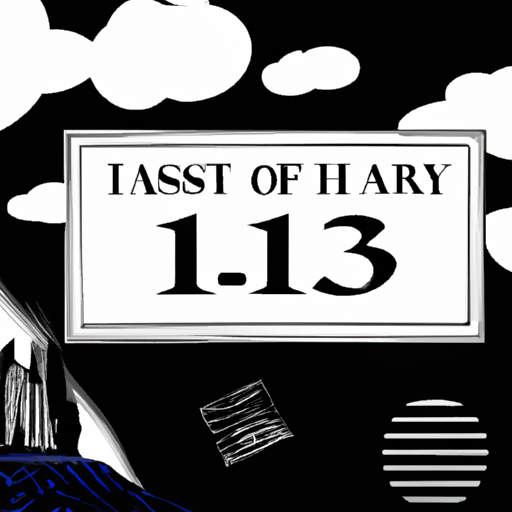
A mysterious era of exploration and conquest emerged from the depths of what is now Scandinavia, encompassing Norway, Sweden, and Denmark. This period, known as the Viking Age, began in late 8th century and stretched until the mid-11th century. It was during this time that the Vikings traversed throughout Europe by sea and established numerous settlements. But their presence was not only limited to peaceful endeavors; they also raided coastal towns and monasteries for riches and resources.
.
Some questions with answers
Q1: What country did Vikings originally come from?
A1: The Vikings originally came from Scandinavia, which includes modern day Norway, Sweden, and Denmark.
Q2: How long ago did the Viking Age begin?
A2: The Viking Age began around 793 AD when the first recorded raid occurred in England.
Q3: What were some of the activities that Vikings were known for?
A3: Vikings were known for raiding, trading, exploring, and settling new lands. They also had a strong seafaring tradition and were skilled craftsmen.
Q4: What types of ships did the Vikings use?
A4: The Vikings used a type of ship called a longship, which was a narrow vessel with a shallow draft that allowed it to sail in shallow waters. These ships could be propelled both by oars and sails.
Q5: How did Viking culture influence European history?
A5: Viking culture had a significant influence on European history as they spread their language, religion, and customs across Europe. They also established many settlements throughout Europe which left lasting impacts on local cultures and societies.
